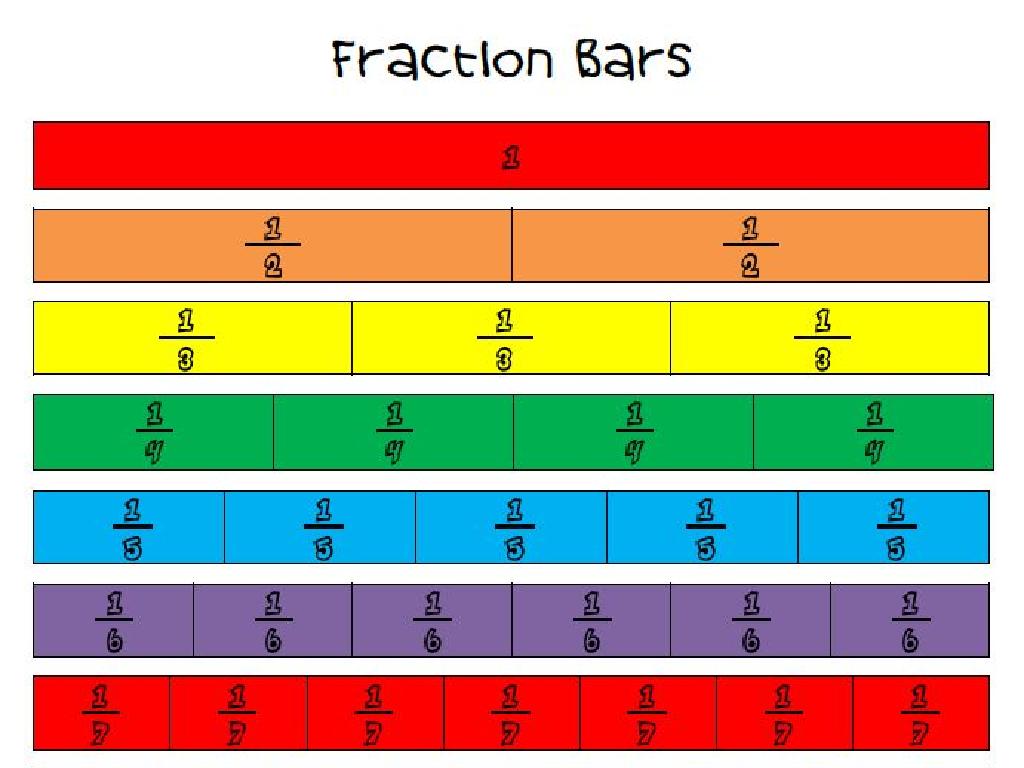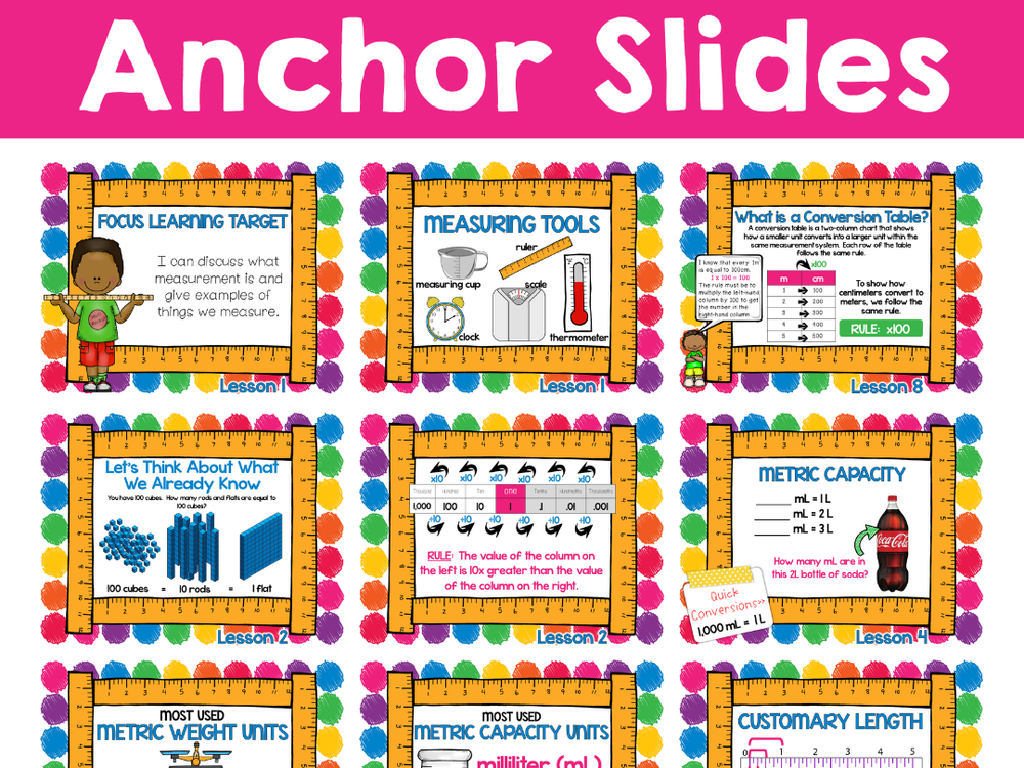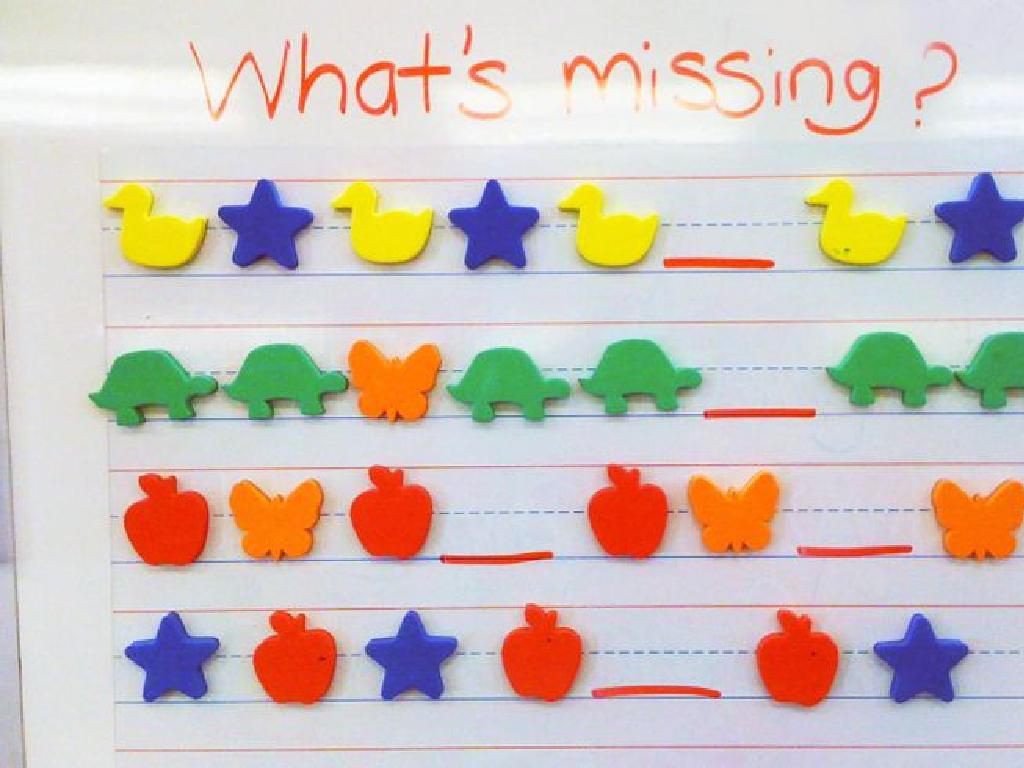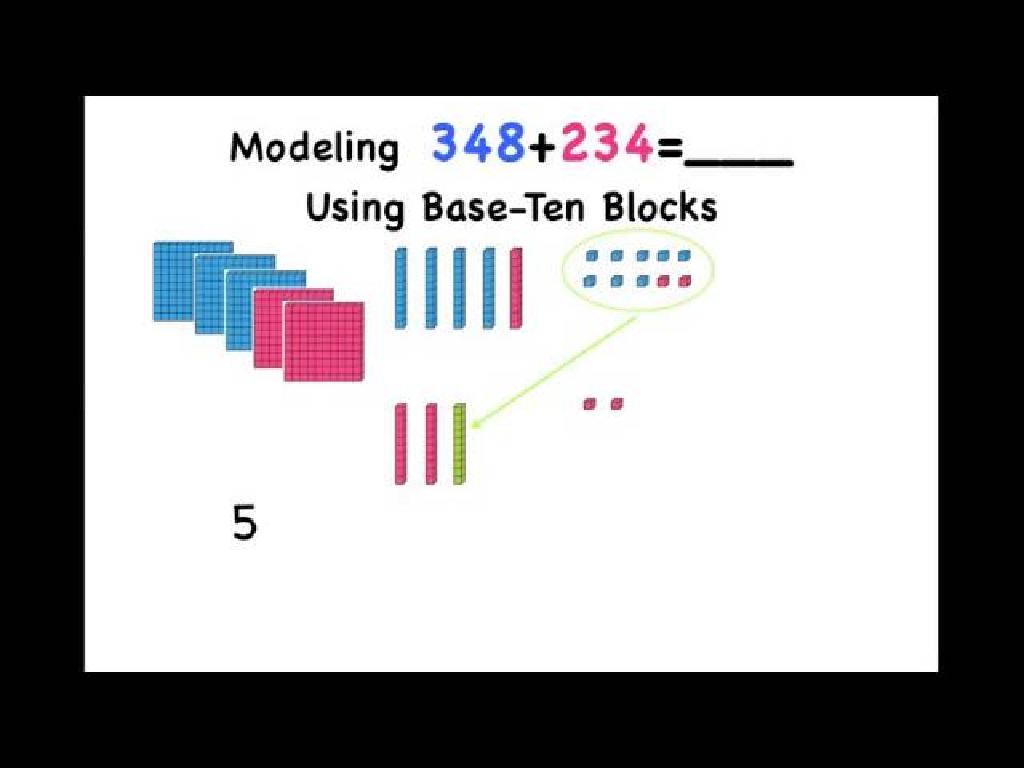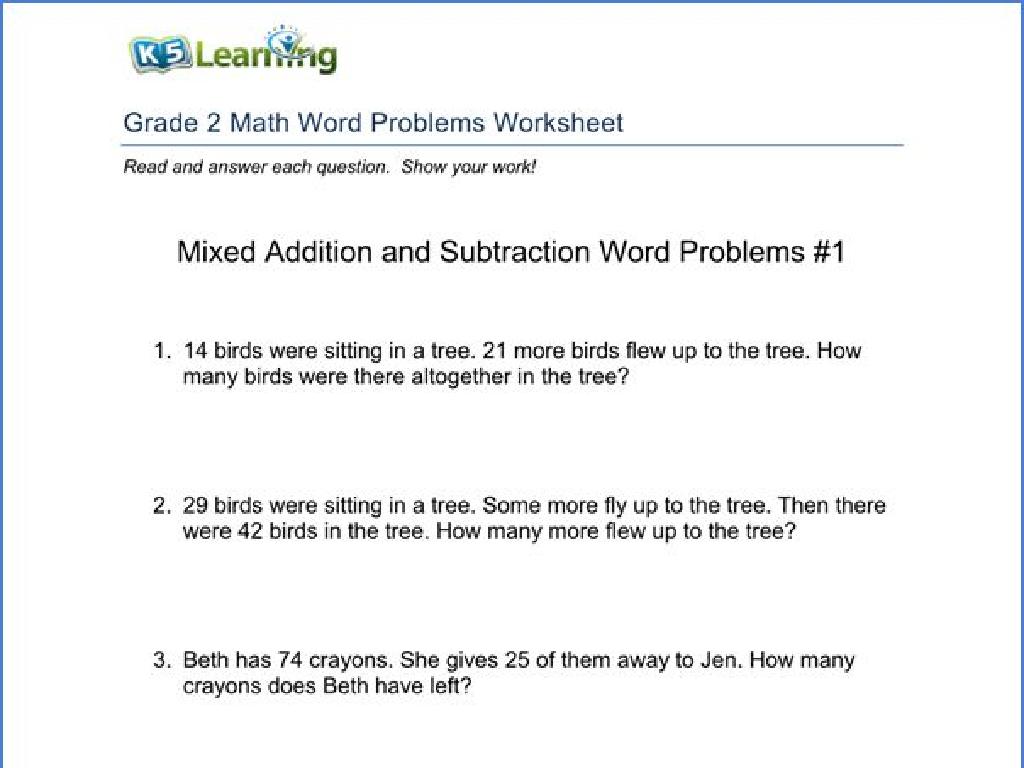Identify Whether Objects Are Accelerating
Subject: Science
Grade: Sixth grade
Topic: Velocity, Acceleration, And Forces
Please LOG IN to download the presentation. Access is available to registered users only.
View More Content
Understanding Acceleration in Motion
– What is acceleration?
– Acceleration is the rate of change of velocity of an object.
– Differences between speed and acceleration
– Speed is how fast something moves; acceleration is the change in speed over time.
– Recognizing acceleration in daily life
– Examples: Speeding up a bike, a car stopping at a light, a ball rolling down a hill.
– Factors that cause acceleration
– Forces like pushing, pulling, or gravity can cause acceleration.
|
Today’s lesson will introduce the concept of acceleration as part of our adventure into understanding motion. Acceleration is a fundamental concept in physics that describes how the velocity of an object changes over time. We’ll explore the differences between speed and acceleration to ensure students can distinguish between the two. By looking at everyday examples, students will learn to recognize acceleration in the world around them. We’ll also discuss the various forces that can cause an object to accelerate. Encourage students to think of their own examples of acceleration and be prepared to discuss them.
Understanding Velocity and Acceleration
– Velocity: Speed with direction
– Example: Car moving north at 50 mph
– A car traveling north adds direction to its speed, making it velocity
– Velocity changes with speed or direction
– If the car turns east or speeds up, velocity changes
– Acceleration: Change in velocity
– Acceleration occurs when a car speeds up, slows down, or turns
|
This slide introduces the concept of velocity as a vector quantity, which means it includes both speed and direction. Use the example of a car moving at a certain speed in a specific direction to illustrate this concept. Explain that if either the speed of the car or its direction changes, then the velocity changes. This leads to the concept of acceleration, which is the rate at which velocity changes. Acceleration can happen due to changes in speed or direction, such as speeding up, slowing down, or turning. Encourage students to think of real-life examples where they experience changes in velocity and acceleration, like riding a bicycle or a roller coaster.
Understanding Acceleration
– Acceleration: velocity’s rate of change
– It’s how fast an object speeds up or slows down
– Can increase or decrease speed
– Like a car speeding up or braking
– Includes direction changes
– Like turning a corner while running
– Key concept in motion
|
Acceleration is a fundamental concept in physics that describes how quickly an object changes its velocity. It’s important for students to understand that acceleration is not just about speeding up; it can also mean slowing down, which is often referred to as deceleration. Additionally, an object is accelerating if it is changing its direction while moving, even if its speed remains constant. Use everyday examples such as cars accelerating or decelerating on a road or athletes changing direction during a game to illustrate these points. Encourage students to think of their own examples of acceleration from their daily lives.
Identifying Acceleration
– Signs of acceleration
– Speeding up, slowing down, or turning indicates acceleration.
– Roller coaster example
– Think of a roller coaster: it speeds up when going downhill.
– Acceleration isn’t just speed
– It also includes slowing down or changing direction.
– Acceleration in everyday life
– Observe cars stopping at a light or a ball thrown up in the air.
|
This slide aims to help students recognize acceleration in various forms. Acceleration occurs when an object changes its speed or direction. Use relatable examples like roller coasters, which accelerate when going downhill due to gravity. Emphasize that acceleration is not just about going faster; it also applies when an object slows down or turns. Encourage students to think of everyday situations where they witness acceleration, such as cars braking at a traffic light or a ball reaching the peak of its toss and beginning to fall back down. These examples will help solidify their understanding of the concept.
Calculating Acceleration
– Acceleration formula explained
– a = (final velocity – initial velocity) / time
– Units of acceleration: m/s²
– It measures how quickly an object speeds up or slows down
– Example: Calculate acceleration
– If a car speeds from 0 to 60 m/s in 3 seconds, what’s its acceleration?
– Understanding acceleration
|
This slide introduces the concept of acceleration and how to calculate it using the standard formula. Acceleration is the rate at which an object changes its velocity, and it’s measured in meters per second squared. To help students grasp the concept, walk through an example calculation: If a car goes from 0 to 60 meters per second in 3 seconds, its acceleration is 20 m/s². This means the car’s speed increases by 20 meters per second every second. Encourage students to think of other examples where they experience acceleration, like on a rollercoaster or when biking uphill. This will help them relate the concept to real-world experiences.
Forces and Motion: Understanding Acceleration
– Forces can cause acceleration
– When a force acts on an object, it can speed up, slow down, or change direction.
– Gravity: A force of attraction
– Gravity pulls objects towards Earth, causing them to accelerate as they fall.
– Friction: The force that resists motion
– Friction between surfaces can slow down or even stop objects in motion.
– Observing acceleration in daily life
|
This slide introduces the concept of acceleration in the context of forces and motion. Students should understand that acceleration is not just about speeding up; it’s a change in velocity, which includes speeding up, slowing down, or changing direction. Gravity is a constant force that causes objects to accelerate towards the Earth’s center. Friction, on the other hand, opposes motion and can cause objects to decelerate. Encourage students to think of examples from their daily lives where they can observe acceleration, such as a ball rolling down a hill (gravity) or a car coming to a stop due to brake application (friction).
Detecting Acceleration in Everyday Life
– Feeling changes in an elevator
– Why do we feel heavier or lighter when an elevator starts or stops?
– Turning while riding a bike
– What happens to our body and the bike when we turn a corner?
– Watching a soccer ball speed up
– Notice how the ball moves faster after being kicked.
– Understanding acceleration
|
This slide aims to help students identify acceleration through relatable experiences. When discussing elevators, explain that we feel heavier when the elevator accelerates upwards due to increased force and lighter when it descends rapidly. For turning on a bike, describe how our body leans into the turn due to the change in direction, which is a form of acceleration. With the soccer ball, illustrate how the force of the kick changes the ball’s speed, demonstrating acceleration. Use these examples to solidify the concept that acceleration is not just about speed, but any change in velocity, which includes changes in speed and/or direction. Encourage students to think of other examples where they experience acceleration in their daily lives.
Class Activity: Acceleration Hunt
– Explore school for acceleration examples
– List real-life acceleration instances
– Discuss identification methods
– Consider changes in speed or direction
– Share findings with the class
|
This interactive activity encourages students to apply their knowledge of acceleration by finding real-world examples within the school environment. Students should look for situations where objects are speeding up, slowing down, or changing direction, as these are all indicators of acceleration. They should make a note of each example they find. During the discussion, guide them to explain how they determined whether acceleration was occurring, focusing on changes in velocity. After the hunt, facilitate a classroom discussion where students can share and compare their findings, reinforcing their understanding of the concept of acceleration.
Conclusion: Understanding Motion
– Recap: Velocity and Acceleration
– Acceleration means velocity change
– Not just speed, but direction matters too
– Forces cause acceleration
– Like gravity pulling an apple to the ground
– Applause for our young scientists!
|
As we wrap up today’s lesson, let’s revisit the key concepts. Velocity is the speed of something in a given direction, while acceleration is a change in that velocity – either speeding up, slowing down, or changing direction. Forces, such as gravity or friction, are what cause objects to accelerate. It’s crucial for students to understand that acceleration is not just about increasing speed. Congratulate the students on their hard work and understanding of these fundamental physics concepts. Encourage them to observe these principles in the world around them, like noticing how different surfaces affect the speed of a rolling ball, or how the speed of a car changes as it goes up and down hills.

